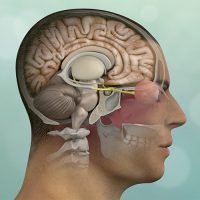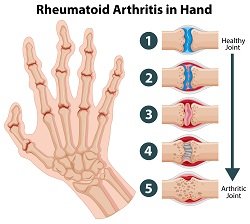Services
Our Services

Minimal Invasive Neurosurgery
Minimally invasive brain surgery uses techniques that are performed through smaller incisions.

Neuroendoscopy
Neuroendoscopy is a minimally invasive surgical technique that allows illumination and inspection of angles in hidden parts of the surgical field,

Pediatric Brain & Spine Surgery
Pediatric Neurosurgery is a sub-speciality in surgical medicine that relates to the treatment of any abnormal condition occurring in the brain,

Stereotactic Surgery
Stereotaxis is the process by which neurosurgeons use MRI or CT imaging studies, targeted algorithms and a computer workstation to precisely

Stereotactic Radiosurgery
Stereotactic radiosurgery is a very precise form of therapeutic radiation that can be used to treat abnormalities in the brain and spine, including cancer,

Neuronavigation Surgery
Neuronavigation is the set of computer-assisted technologies used by neurosurgeons to guide or “navigate” within the confines of the skull or vertebral column during surgery.

Brain & SpineTrauma Surgeries
Surgery is performed to remove a large hematoma or contusion that is significantly compressing the brain or raising the pressure within the skull.

Craniofacial Tumour Surgeries
A subset of craniofacial tumors occur at the base of the cranial cavity at the interface of the orbits, brain, and nose; the brain and spine; the brain and ear cavities

Orbital Tumour Surgery
Many orbital tumors can be treated safely via a Transcranial approach. Frontoorbital or Lateral Orbitotomy approach allows the surgeon to reach both the intraorbital and intracranial structures.

Peripheral Nerve Surgery
This type of surgeries is done for various pathology involving the peripheral nerves like Tumours, Compression syndromes

Carpal Tunnel Syndrone
Carpal Tunnel Syndrome (CTS) is a condition that involves compression of the median nerve as it passes through the carpal tunnel in the wrist.

Hemifacial Spasm treatment
This type of surgeries is done for various pathology involving the peripheral nerves like Tumours, Compression syndromes

Lumbar canal stenosis
Lumbar canal stenosis refers to the narrowing of the spinal canal in the lumbar (lower back) region. The spinal canal is the hollow space that houses the spinal cord and nerve roots. Lumbar canal stenosis can result in compression of these neural structures, leading to various symptoms.
